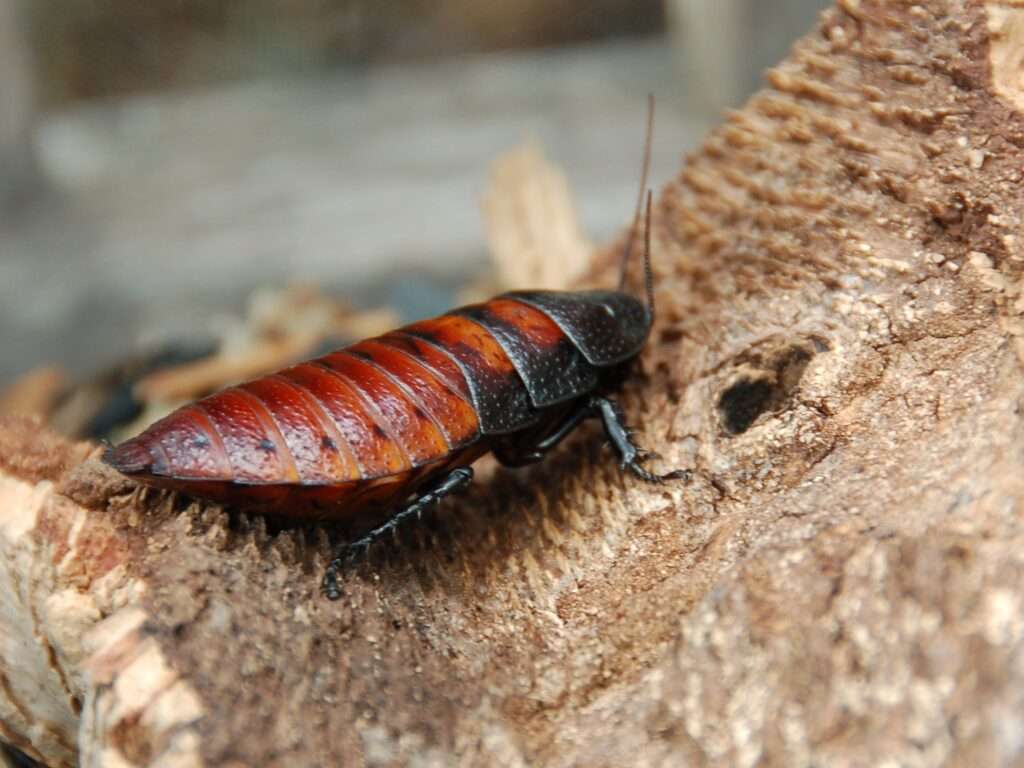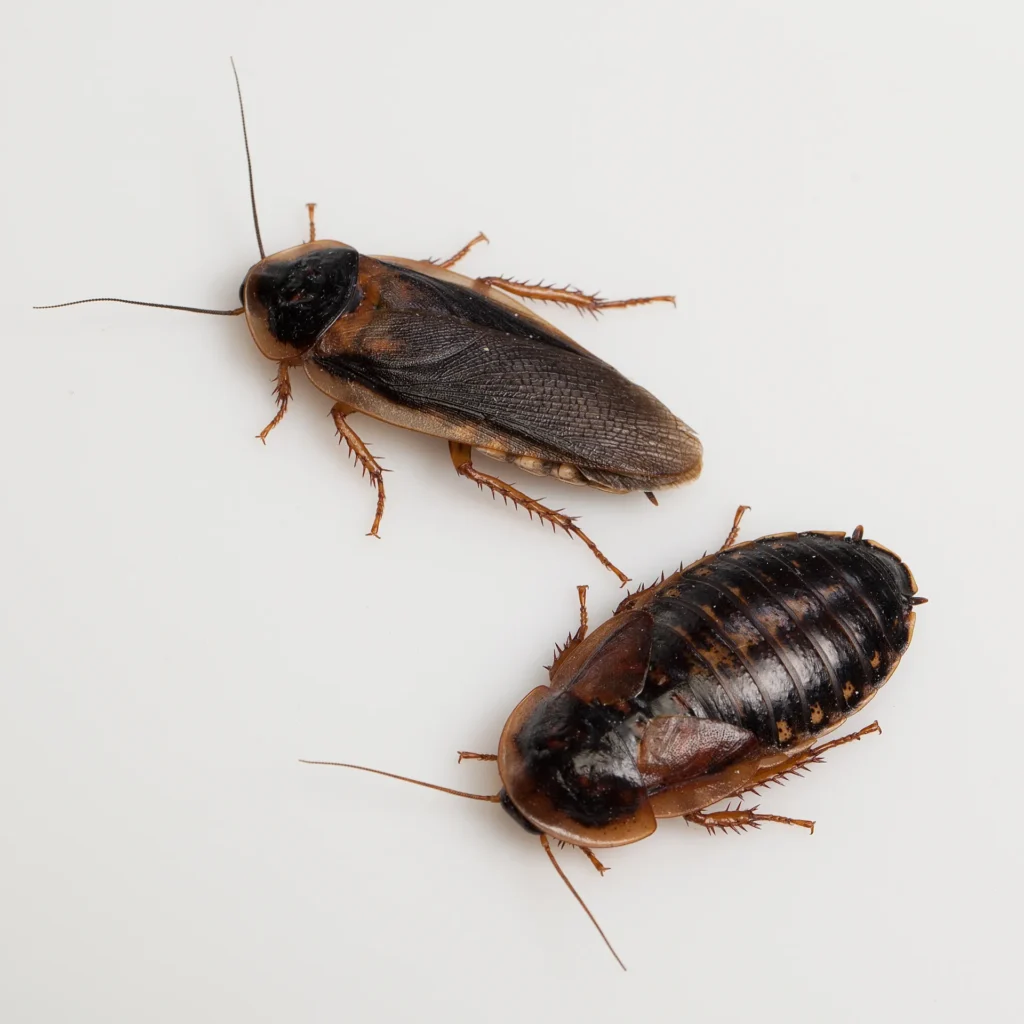
A species of cockroach in the Blaberidae family is the speckled cockroach, often known as the lobster cockroach or (small) cinereous cockroach (Nauphoeta cinerea). In the genus Nauphoeta, it is the only species. Nauphoeta cinerea is a brown, mottled plant that matures as an alate and grows to a maximum length of 30 mm.
A female can have six broods in her lifespan, with each ootheca incubating in the brood sac for about 36 days and containing, on average, 33 eggs. The female of this species extrudes the ootheca from the brood sac but does not deposit it, making it a false ovoviviparous species.
Keeping as Pet
The Egyptian-born lobster roach has quickly grown to be one of the most well-liked species in the hobby. It makes a great feeder species because it is hardy and reproduces quickly. The lobster roach has a dark brown nymphal tint and a mottled grey adult appearance. Although it has wings, this species has a maximum height of about 1.2 inches and cannot fly.

Requirements to Keep as Pet
Care
One of the easiest roach species to maintain is this one. It will multiply quickly if given food, water, and enough heat, making it an excellent feeder.
Enclosure
From a single roach in a jar to an entire colony stored in a garbage can, the lobster roach may be kept in almost any container. Because of how poorly this species climbs, a sufficiently smooth surface should deter them from ascending to undesirable locations. Being nocturnal, this species doesn’t require any light and thrives best in dim settings.
Feeding
This species does not have particular feeding preferences. They can be fed pet chow, chicken mash, fruits, vegetables, potatoes, and other foods.
Humidity
A humidity of at least 40% is preferred by this species, while it can survive in practically any level of humidity. However, humidity levels over 70% might encourage the formation of mold, therefore it’s crucial to ensure adequate ventilation using tiny holes or a screen over the enclosure.
Temperature
For optimal success, keep this species at 70 degrees Fahrenheit and provide heat with a mat or emitter. Heat lamps and other light-emitting heaters should be avoided as they might be stressful.
Breeding
Breeding in this species doesn’t require any extra attention. Until the eggs are ready to hatch, which takes about a month, the female will carry the ootheca inside of her body. More than 35 eggs can fit inside the ootheca. Until they are bigger, these young children frequently remain close to their parents. However, breeding will be prevented at temperatures below 70 degrees.
Table





